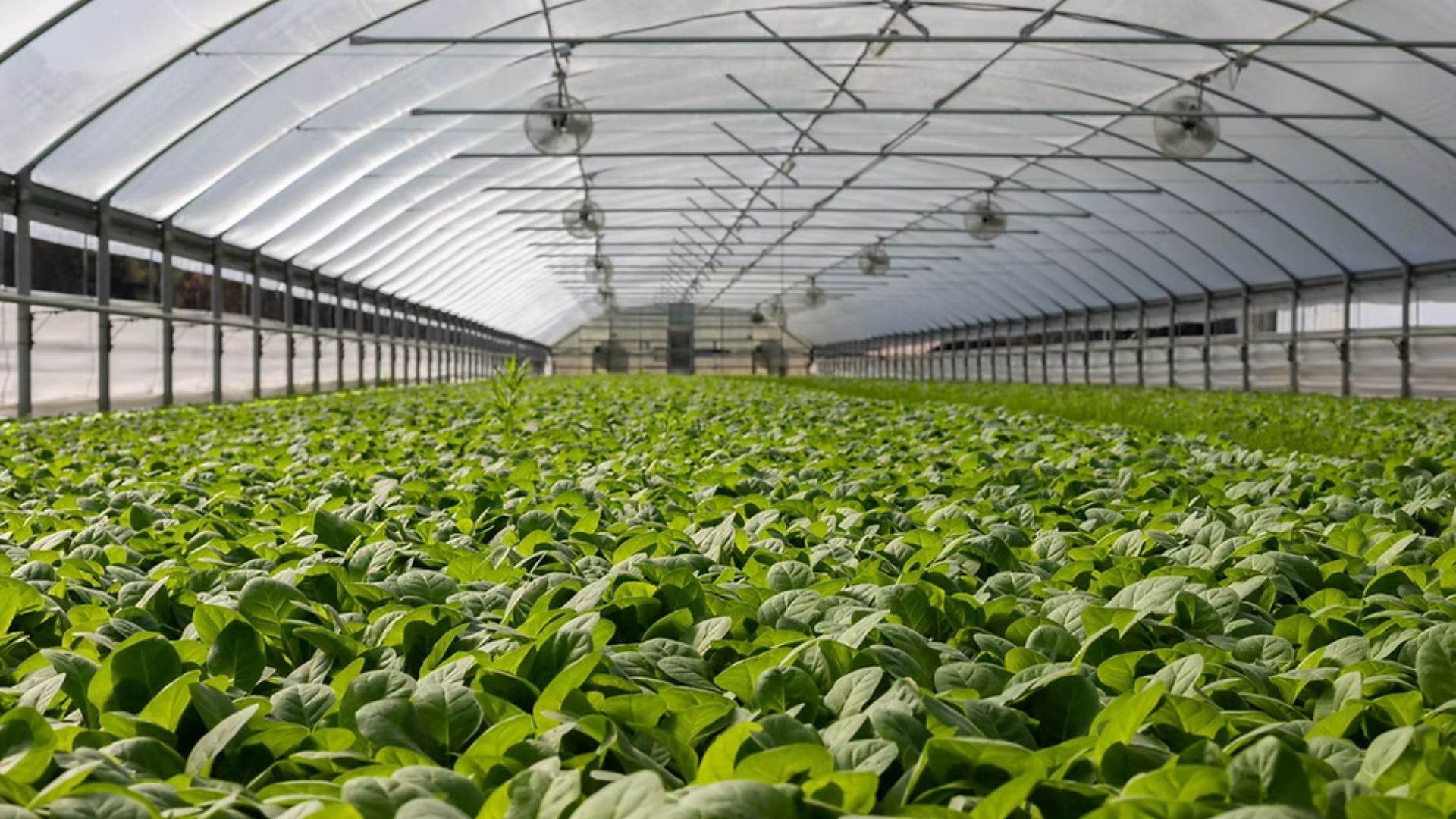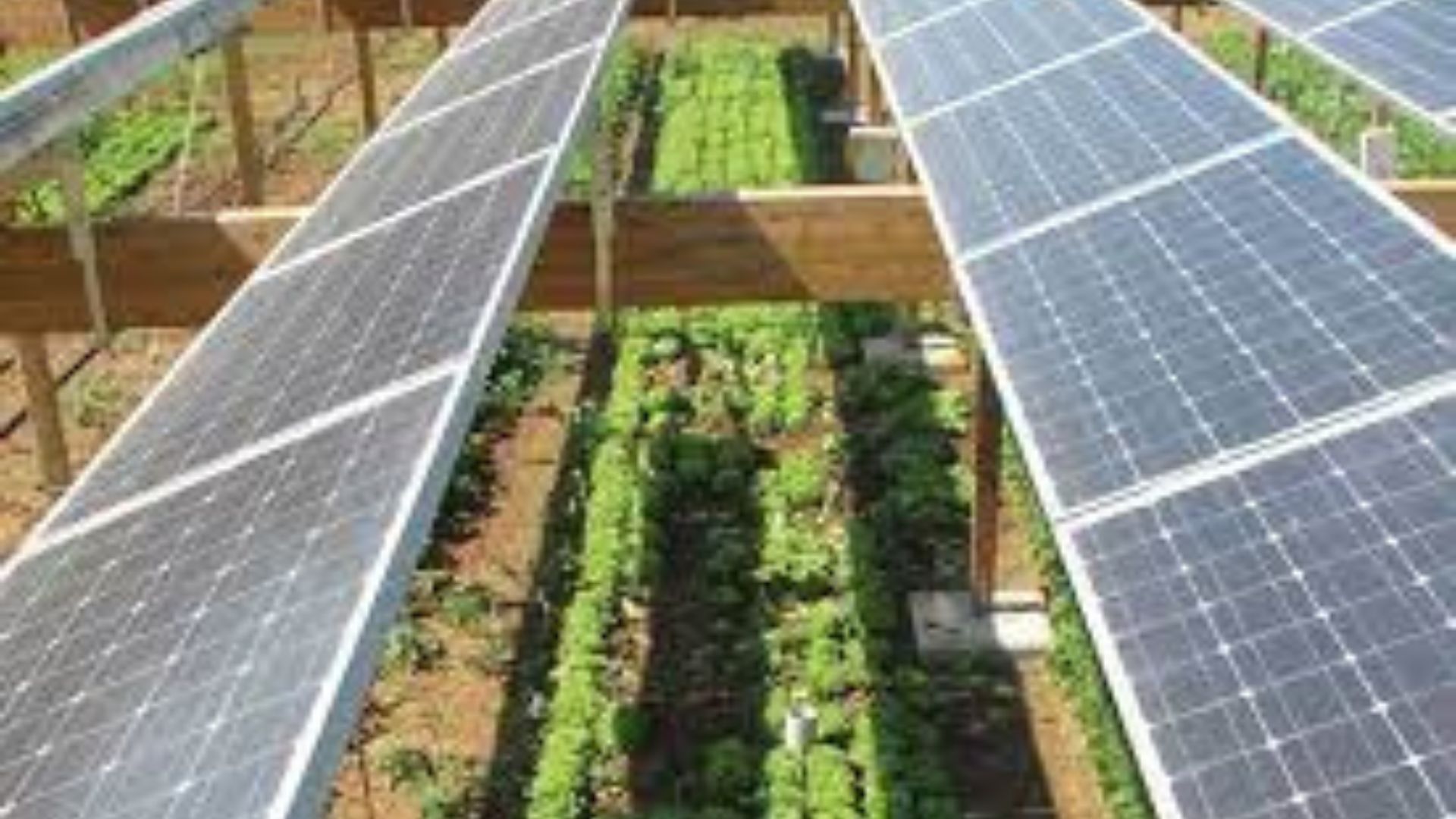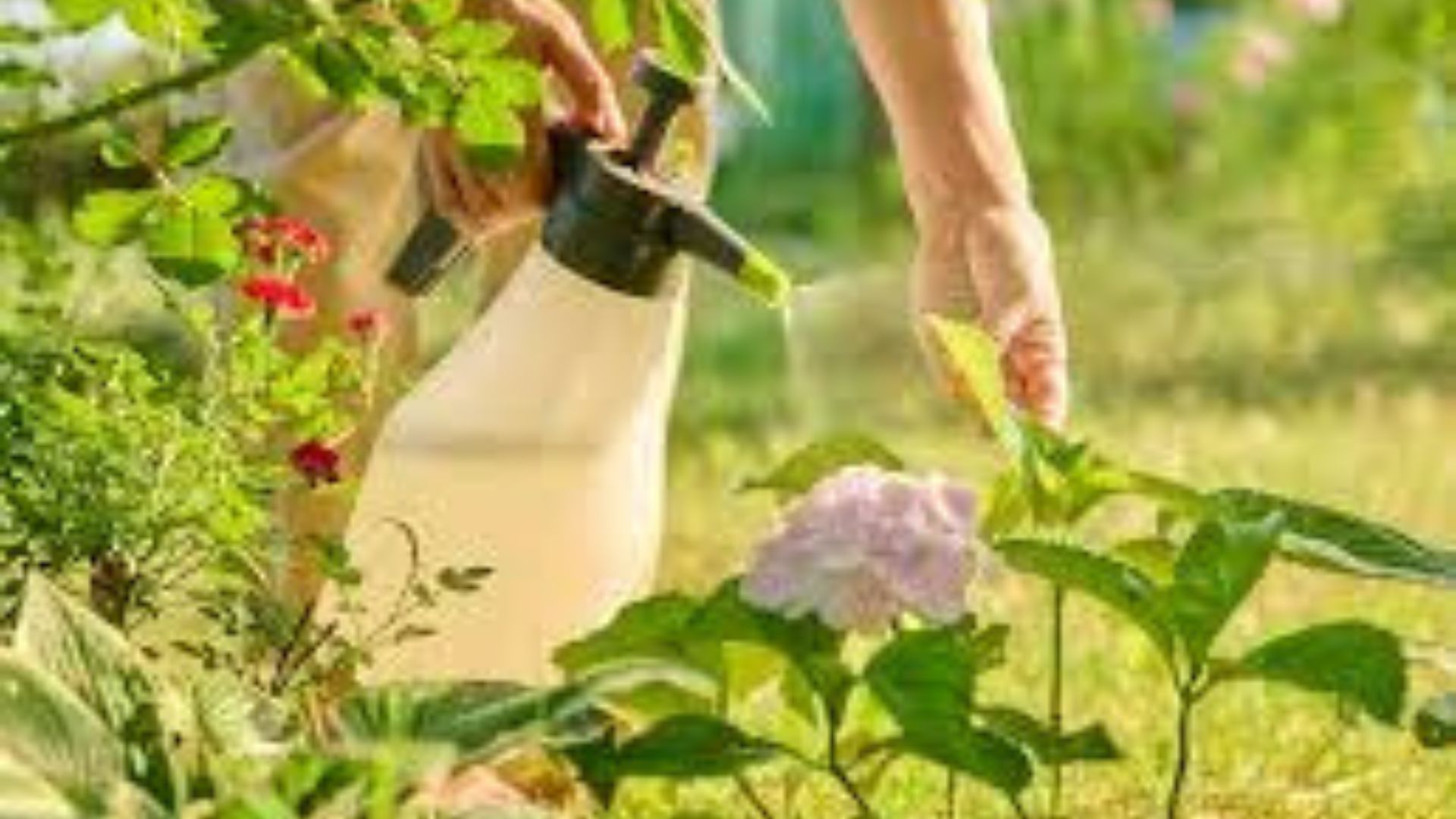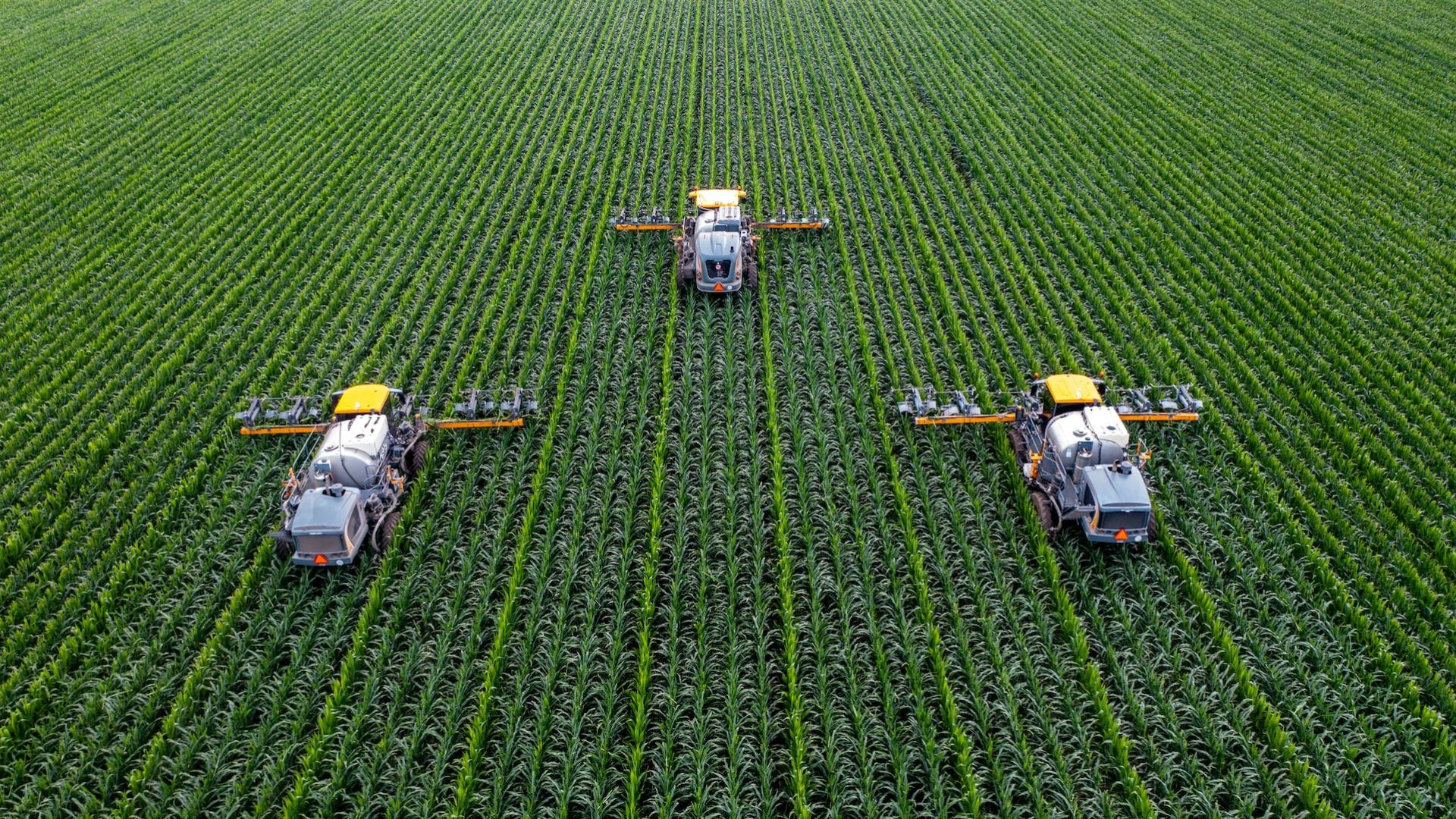Farming methods have evolved over time, with two popular approaches being greenhouse farming and open-field farming. Both have their unique advantages and challenges. In this article, we will explore the pros and cons of each method to help you understand which might be best suited for your needs.
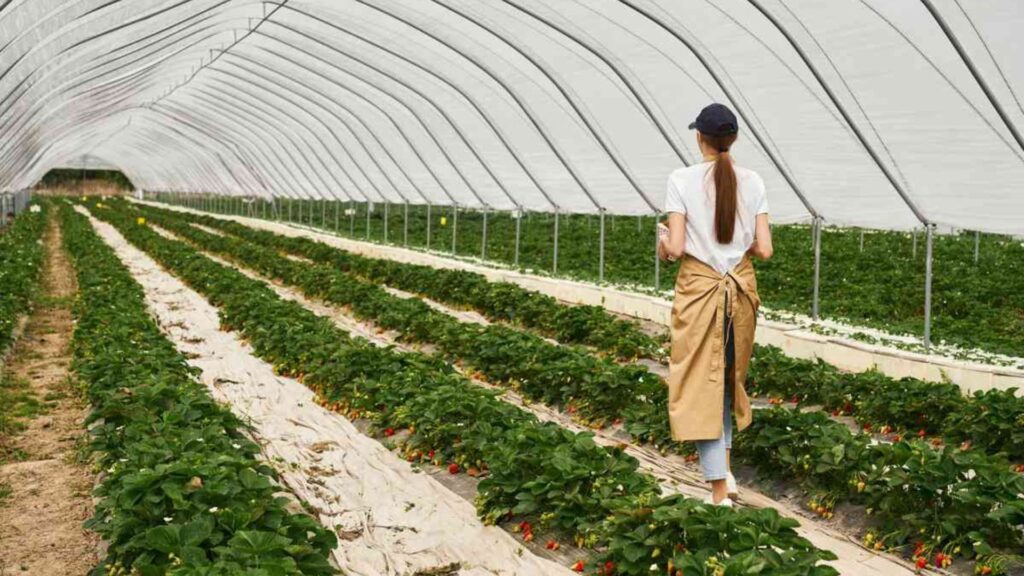
What Is Greenhouse Farming?
Greenhouse farming involves growing crops inside a controlled environment made of glass, plastic, or other transparent materials. This allows farmers to regulate temperature, humidity, and light to optimize plant growth.
What Is Open-Field Farming?
Open-field farming is the traditional method of growing crops directly in the soil, exposed to natural weather conditions like sunlight, rain, and wind.
Pros of Greenhouse Farming
-
Controlled Environment
First and foremost, greenhouse farming allows you to control temperature, humidity, and light, which means you can grow crops year-round, regardless of weather conditions. -
Protection from Pests and Diseases
Because greenhouses are enclosed, they reduce the chances of pests and diseases affecting your crops, minimizing the need for pesticides. -
Higher Yield Per Area
Since you can optimize growing conditions, greenhouses often produce higher yields in a smaller area compared to open fields. -
Water Efficiency
Greenhouse systems usually use less water because of reduced evaporation and the possibility of recycling irrigation water.
Cons of Greenhouse Farming
-
High Initial Investment
Setting up a greenhouse requires a significant upfront cost for construction, equipment, and technology. -
Energy Consumption
Greenhouses often rely on artificial lighting and heating, which can increase energy use and operational costs. -
Technical Expertise Needed
Managing a greenhouse demands knowledge about climate control, pest management, and irrigation systems. -
Limited Crop Variety
Not all crops adapt well to greenhouse conditions, which can limit what you can grow.
Pros of Open-Field Farming
-
Lower Setup Costs
Open-field farming requires minimal initial investment compared to greenhouses. -
Natural Growth Conditions
Crops grow naturally with sunlight, rain, and wind, reducing the need for artificial inputs. -
Large Scale Production
Open fields allow for extensive cultivation, which is ideal for staple crops like wheat, corn, and rice. -
Simple Management
This method doesn’t require advanced technology or special equipment, making it accessible to many farmers.
Cons of Open-Field Farming
-
Weather Dependency
Crops are vulnerable to unpredictable weather such as droughts, floods, hail, or frost, which can damage yields. -
Higher Pest and Disease Risk
Without physical barriers, crops are more exposed to pests and diseases, often leading to greater pesticide use. -
Lower Efficiency
Because you can’t control environmental factors, crop growth and yields can be inconsistent. -
Water Waste
Traditional irrigation methods often result in higher water loss due to evaporation and runoff.
Which Farming Method Should You Choose?
Ultimately, your choice depends on your goals, resources, and local conditions. If you want to grow high-value crops year-round in a limited space and can invest upfront, greenhouse farming is an excellent choice. However, if you have ample land, want to grow staple crops, and prefer lower costs, open-field farming may suit you better.
Conclusion
Both greenhouse and open-field farming have distinct pros and cons. Greenhouse farming offers control, higher yields, and protection but demands higher costs and expertise. Conversely, open-field farming is more affordable and traditional but faces risks from weather and pests.
By understanding these differences, you can make informed decisions to optimize your farming success.






